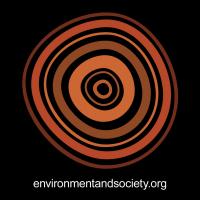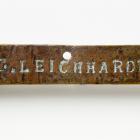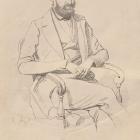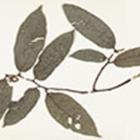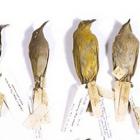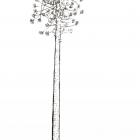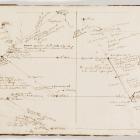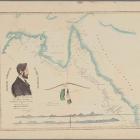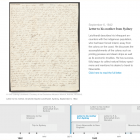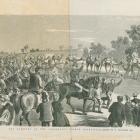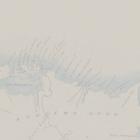Colonial and indigenous knowledge of trees
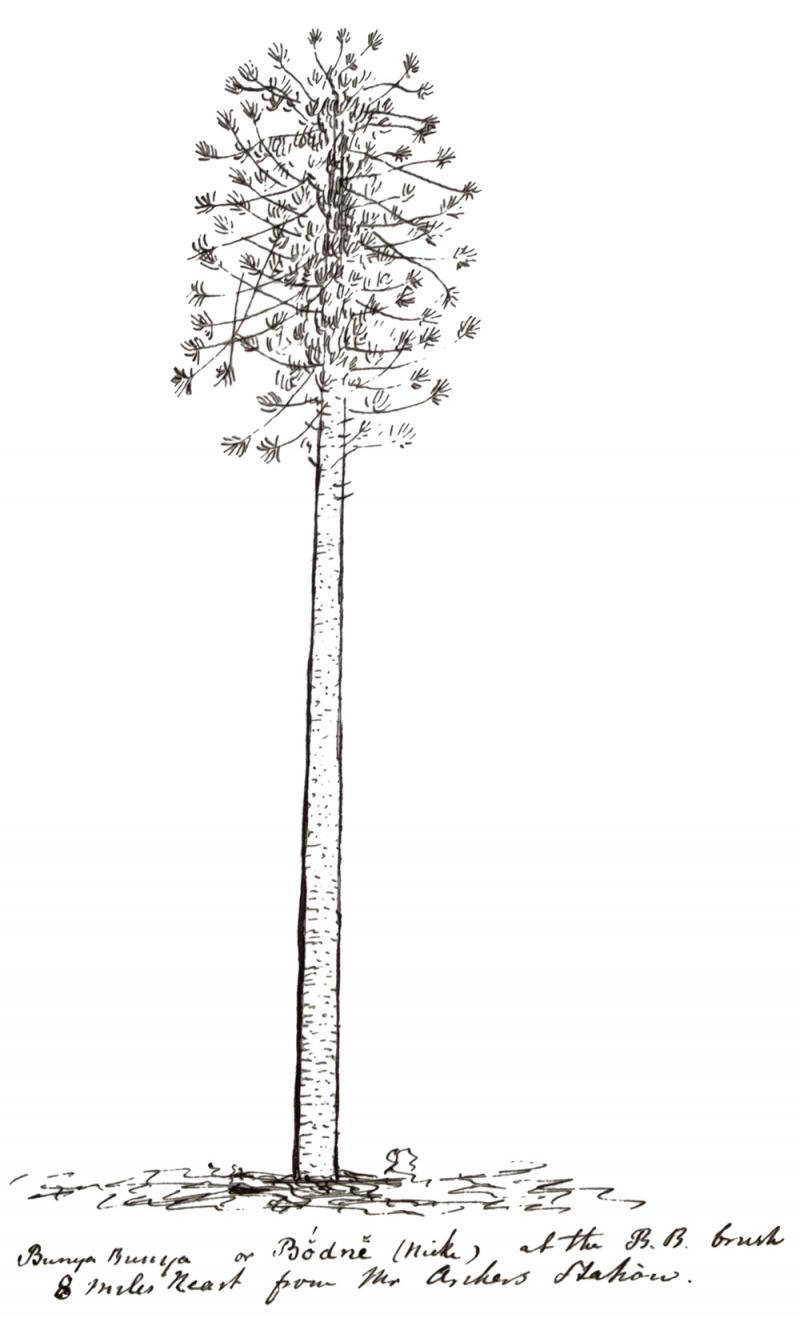
Drawing of a bunya pine in Leichhardt’s field notebook
Drawing of a bunya pine in Leichhardt’s field notebook
Under his drawing Leichhardt noted the name “bunya bunya” as well as an indigenous name, “Bodné,” which he had learned from one of his informants.
Drawing by Ludwig Leichhardt in Moreton Bay, 1842.
Courtesy of The State Library of New South Wales, Sydney.
 This work is licensed under a Creative Commons Public Domain Mark 1.0 License.
This work is licensed under a Creative Commons Public Domain Mark 1.0 License.
While conducting field studies in remote regions of the colony of New South Wales, Ludwig Leichhardt recorded his scientific observations in his notebook. This sketch of a bunya pine was created during his stay at Thomas Archer’s Durundur Station. The bunya pine is endemic to the Blackall Range and Bunya Mountains in present-day Queensland. Since the beginning of colonization in Moreton Bay in the 1820s, the tree was well known due to its impressive height, its domed crown, and the large number of cones full of edible seeds. In particular, stories circulated about the cultural and social significance of the trees for the indigenous Australians, who gathered to harvest the cones when they became ripe every three years. On these occasions, they performed ceremonies, presented and arbitrated disputes, and engaged in trade. The first accounts were from escaped convicts, and even into the 1840s, when Moreton Bay was opened for settlement by free colonists, few Europeans had ever seen the tree with their own eyes.
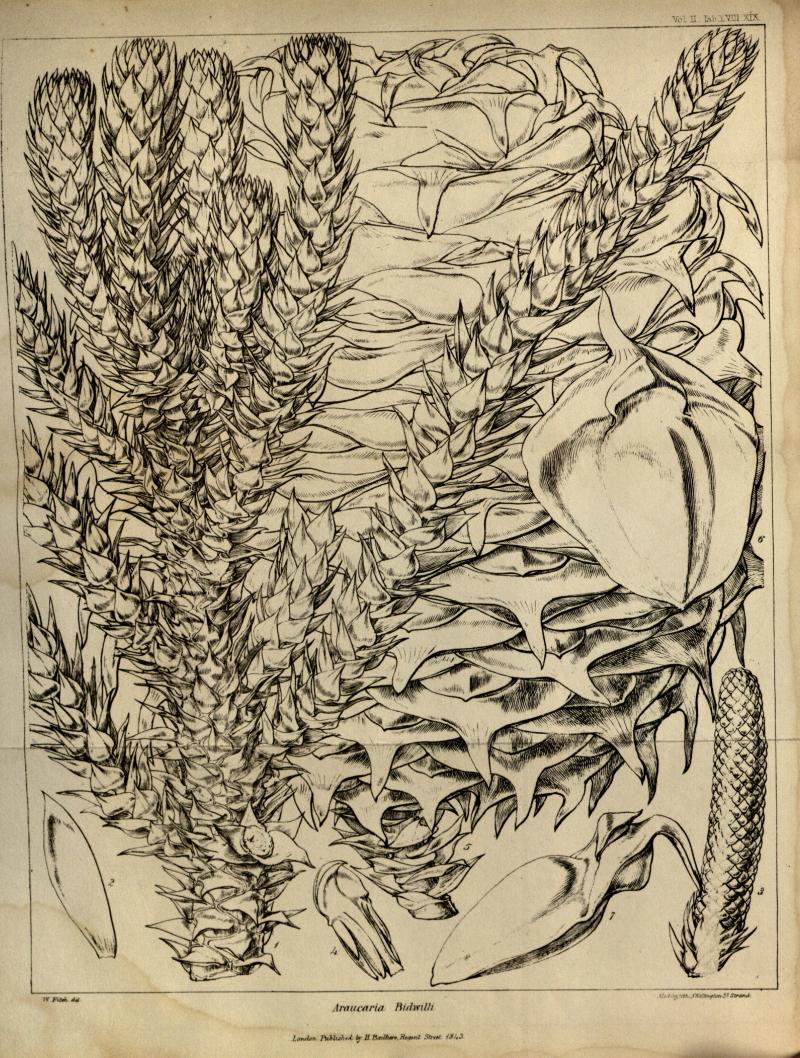
William Hooker was the first to provide a scientific description of the bunya pine.
William Hooker was the first to provide a scientific description of the bunya pine.
William Hooker based it on accounts by John Carne Bidwill, whom he honored in the tree’s scientific name, Araucaria bidwillii.
Illustration in the London Journal of Botany, Vol. 2 (1843), 503–6 and plates XVIII, XIX.
Courtesy of The Biodiversity Library.
 This work is licensed under a Creative Commons Public Domain Mark 1.0 License.
This work is licensed under a Creative Commons Public Domain Mark 1.0 License.
Leichhardt not only drew the tree based on his own observations and praised its majestic appearance in his letters, but in December 1983 also witnessed one of the indigenous gatherings. The extensive description in a letter to his mother from August 1843 was based not on his own experiences, but on oral folklore surrounding the bunya tree and the customs connected with it (letter to his mother, 27 August 1843). This included the belief that the practice of cannibalism was part of these gatherings—although there are no accounts by anyone who actually witnessed it (McKay 2002, 66). Leichhardt’s suggestion that warriors killed in battle were eaten in order that their strength might be passed on to the others should be understood in the historical context of the colonization of Moreton Bay, which led to innumerable conflicts between settlers and Aborigines.
The few existing descriptions of the bunya pine were enough to make it interesting as a potential source of lumber. However, reports that the indigenous population fiercely defended the tree led to a prohibition on felling it, although this ban was not strictly enforced (Haebich 2005, 27). The tree was not given its scientific name of Araucaria bidwillii until the following year, when the botanist John Carne Bidwell brought both prepared and living specimens to the Royal Botanic Gardens in Kew.
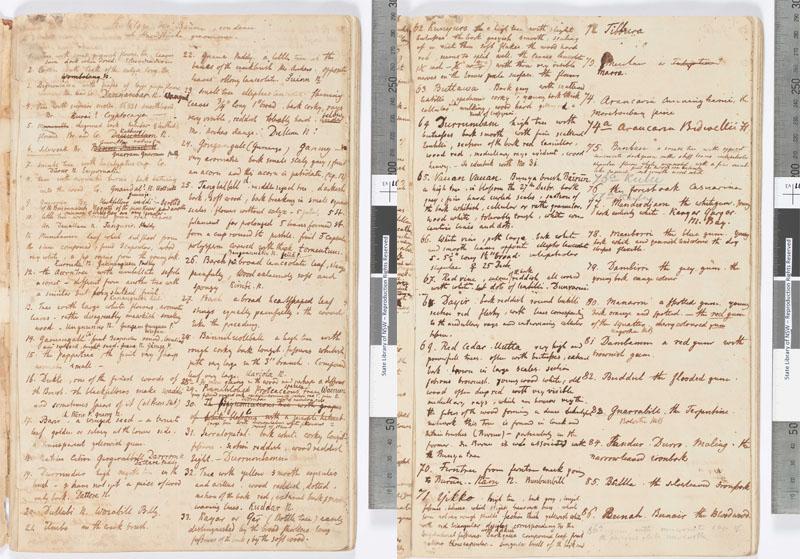
Ludwig Leichhardt’s catalog of his extensive collection of wood includes short descriptions and in many cases also the indigenous names of the trees.
Ludwig Leichhardt’s catalog of his extensive collection of wood includes short descriptions and in many cases also the indigenous names of the trees.
Catalog of various species of wood from Leichhardt’s field notebook. Ludwig Leichhardt (1813-1848), Colony New South Wales, 1842.
© State Library of New South Wales, Sydney.
The copyright holder reserves, or holds for their own use, all the rights provided by copyright law, such as distribution, performance, and creation of derivative works.
At this time Leichhardt was in Moreton Bay, but he was concerned with collecting for a much bigger commission, which he reports on in a letter to his brother-in-law: “Some time ago I received a request from the French Museum to send to Paris a collection of the different species of wood found in the colony. I have tried to fulfill this request and have collected about 130 pieces of wood in this district, 1’ in length and 1–3” in diameter. If you consider how few types of trees form our German and native forests, you will be quite amazed when I tell you that that about 120 of these trees can be found within the radius of half a mile” (letter to F. A. Schmalfuß, 2 February 1844).
Settlers and German missionaries had put Leichhardt into contact with local Aborigines, who acted as informants and provided practical assistance in the difficult task. In his field notebooks he lists over 140 types of wood, including brief descriptions of each, and praises the extraordinary ability of indigenous Australians in distinguishing between different types of wood.
Rod Fensham, associate professor in the School of Biological Sciences, University of Queensland, comments:
In Ludwig Leichhardt’s recently published diaries from Moreton Bay there is a catalogue of 259 plant specimens, mostly from the rainforest of southeast Queensland. Most of the trees were unknown to Western science at the time and Leichhardt adopted the nomenclature of his Aboriginal guides. In the rainforest of Moreton Bay his botanical language was almost exclusively derived from the various dialects of his Aboriginal informants. When he was out with Charley he was collating the names of the trees in the Wakka language and when he was with Nikke he was applying Kabi names. His Aboriginal friends not only gave him the names of the trees and their uses, but they also acted as guides through the forest and applied their expert climbing skills to gather specimens from the treetops.
Leichhardt tells us that the carefully catalogued collection had been commissioned by his teacher in Paris, Adolphe Brongniart. Leichhardt’s commission seems to have related specifically to wood specimens, and these were received and are still stored in the herbarium at the Jardin des Plantes. Unfortunately it is very difficult to identify rainforest trees definitively from a piece of old wood. Leichhardt was a diligent collector and we could assume that the wood specimens are accompanied by foliar specimens, but if this is the case their whereabouts and hence the identity of the trees remains a mystery. Some of them specimens, but definitely not all of them are in Paris.
The smattering of rainforest trees collected by Robert Brown along the coast and the incidental collections of Allan Cunningham and Charles Frazer were rudimentary compared to Leichhardt’s magnificent collection from southeast Queensland.
Until the missing specimens are located and their identity is resolved, Leichhardt’s collection remains an omission from the records of Australian science. Its recognition will greatly enhance Leichhardt’s undervalued contribution to botany and will reveal an important record of lost aboriginal names and uses. Many of the rainforest locations he collected in have been obliterated over the intervening years (Rod Fensham, personal correspondence with Heike Hartmann, 2014).
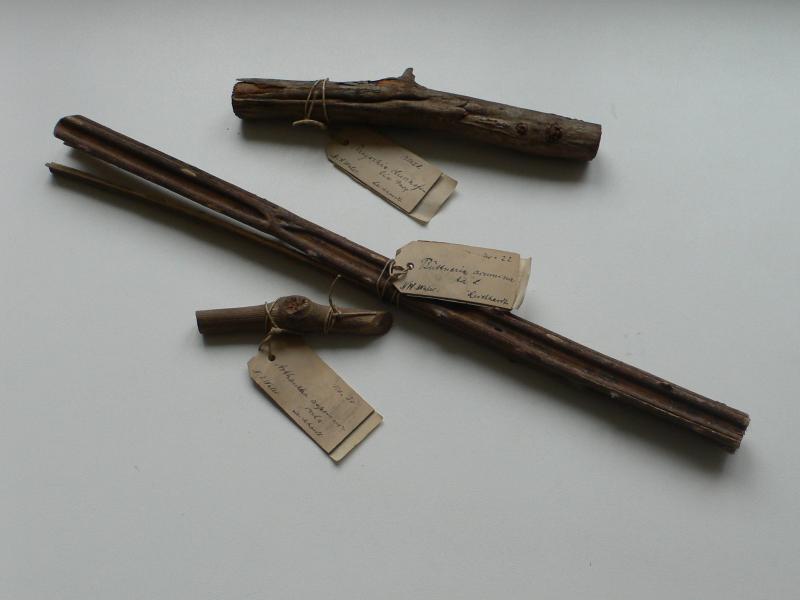
Some of the wood samples collected by Ludwig Leichhardt ended up in the botanical collections in Berlin.
Some of the wood samples collected by Ludwig Leichhardt ended up in the botanical collections in Berlin.
Artanthe aperiuscela, Ruyschia clusiaefolia, Buettneria acuminata, collected by Ludwig Leichhardt in the British colony New South Wales, 1842.
Photo by Heike Hartmann. Courtesy of Herbarium, Botanisches Museum Berlin-Dahlem, Freie Universität Berlin.
A letter to his mother also shows how impressed Leichhardt was by the Aborigines’ knowledge of the natural world. He describes them as “rather interesting creatures in many respects. They are certainly not lacking in intelligence. They seized the slightest advantages offered them by nature, and in terms of subsistence practices their discoveries are as abundant as our own, who have learned to turn wheat and rye into bread, raise vegetables, catch fish, shoot game, rob bees of their honey, and use certain plants as medicinal remedies” (letter to his mother, 27 August 1843).
In comparison with many explorers, Leichhardt proved to be a good observer of indigenous practices and was open to experimenting with edible wild plants. In the course of his overland expedition to Port Essington, he tested the suitability of various plants as a substitute for coffee, and shortly before reaching his destination he tried a root known as “allamurr”: “These blacks were extremely friendly, and upon seeing that we had nothing to eat but tough dried meat, they brought us the mealy roots of a grass which had a very pleasant, sweet taste” (letter to F. A. Schmalfuß, 24 January 1846). His travelogue includes many more examples of food sources that he learned about from the indigenous population. They made the journey easier and in some cases were even essential for survival (Fensham et al. 2006, 458–501).


